Cleveland Responds to the Possibility of Armed Teachers
March 21, 2018
In light of the deadly school shooting at Marjory Stoneman Douglas High School in Parkland, Florida, there have been many calls for gun laws to change. One school shooting prevention idea that was suggested by President Trump at a “listening session” for Parkland survivors is arming teachers and school staff. The idea is that teachers would carry a concealed firearm that they would use if an active shooter opened fire in the school.
The biggest problem that comes with teachers being armed is simply the fact that there would be deadly weapons in schools. “I don’t think schools need to be battlegrounds,” said Principal Ayesha Freeman. “Schools need to be places of learning.” Having guns in classrooms could cause many problems, particularly the potential of a gun getting into the wrong hands.
“What happens if somebody takes that gun?” said math teacher Jim McNeely. “Now you have arms in the possession of somebody who shouldn’t have them.”
Another big problem with firearms is the fact that anything could happen within the presence of one. “We can’t always control how [guns] get used, even with the best intentions,” said English teacher Mary Rodeback.
Having guns in schools would generate fear everywhere. “I think that it would in general create an environment in which people would feel overall less safe,” said junior Andras Williams-Thomas.
Also, knowing that there were firearms in school would make students not want to be at school. “I would feel really uncomfortable and I would probably leave,” said junior Justice Tomsen. “Because for me, school is supposed to be a safe place.”
For there to be armed teachers, there would have to be adequate enough training, which would not be easy. “I don’t think that there would be adequate resources to train teachers properly to have weapons or firearms,” said government teacher Mike Bauer. Also, accidents are still prone even with good training.
“Too often people are victims of the mishandling of a firearm,” said Rodeback, “and that’s in the hands of professionals who have been trained to use a gun as a part of their line of work.”
Then comes a separate set of issues with having a firearm in a special education setting. “Special ed includes working with kids with big behaviors and behaviors that they can’t even control,” said special education teacher Bren Trask. “I think of the safety concerns of one of [the students] getting [the gun]. It’s a big deal.”
Working in a special education classroom is about teaching less able students how to function on their own in the real world. “I would much rather have a raise and get paid for buying all of the supplies that I buy for my classroom [instead of a raise for yielding a gun in the classroom],” said Trask, “so that they can actually be a functioning part of the society.”
When Cleveland teachers think of safety, a deadly weapon on their hips is not what comes to mind. It is the role of teachers to support students, however, they can’t do that if there is a gun in between them and their students, even if it is in well meaning hands.







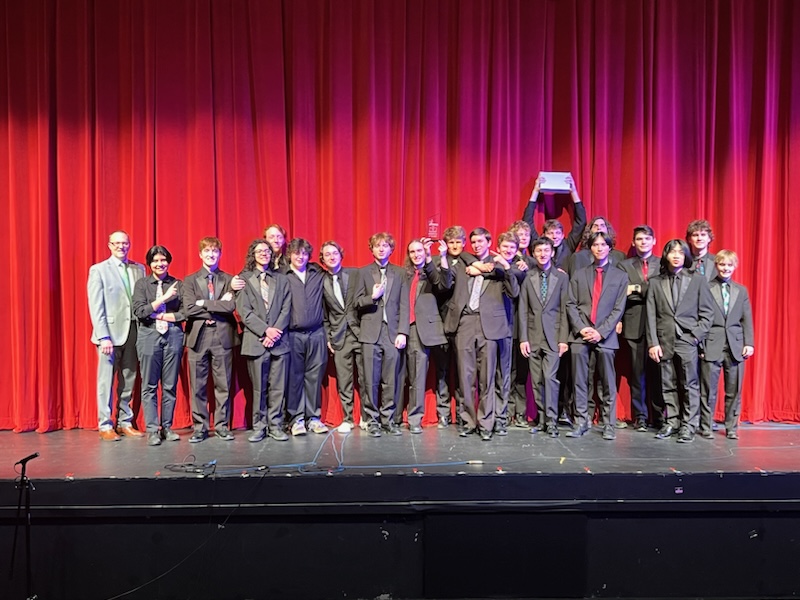
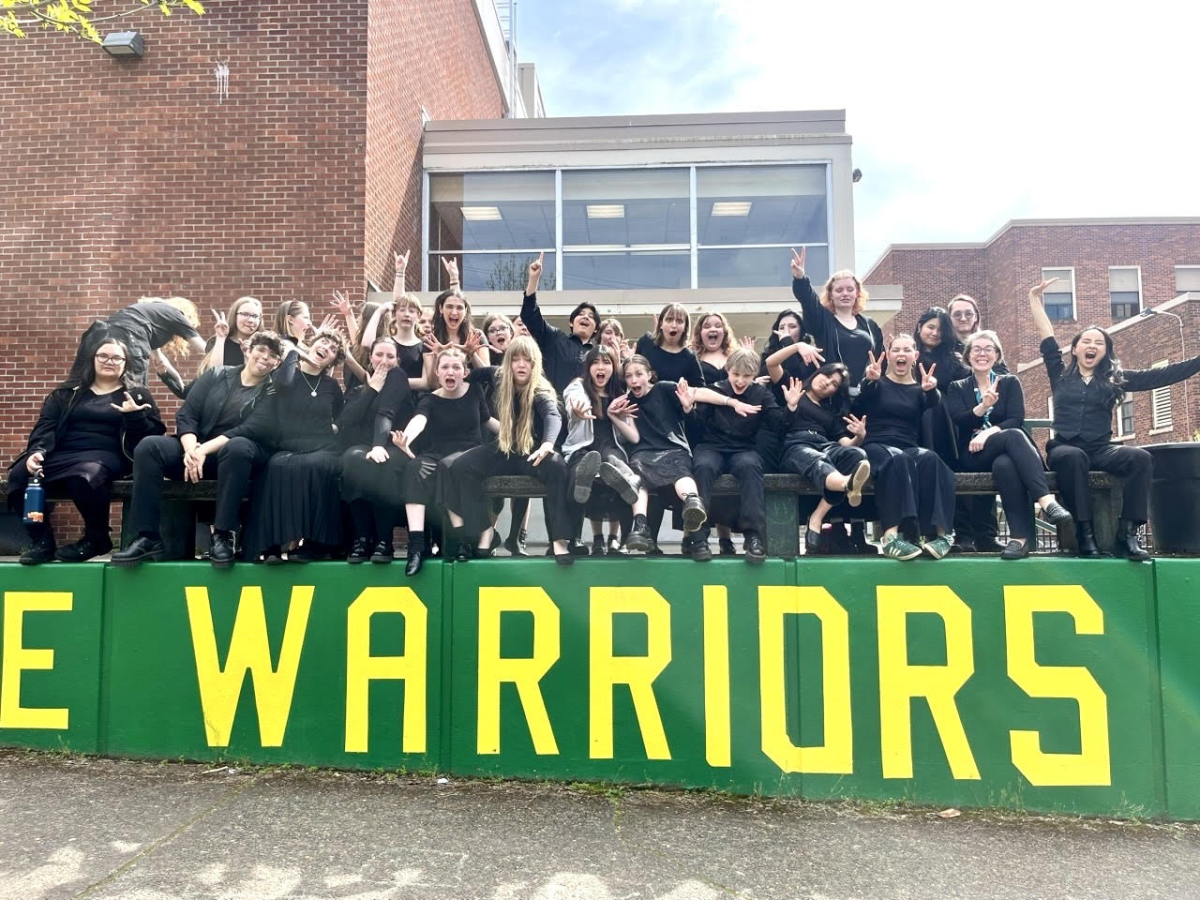
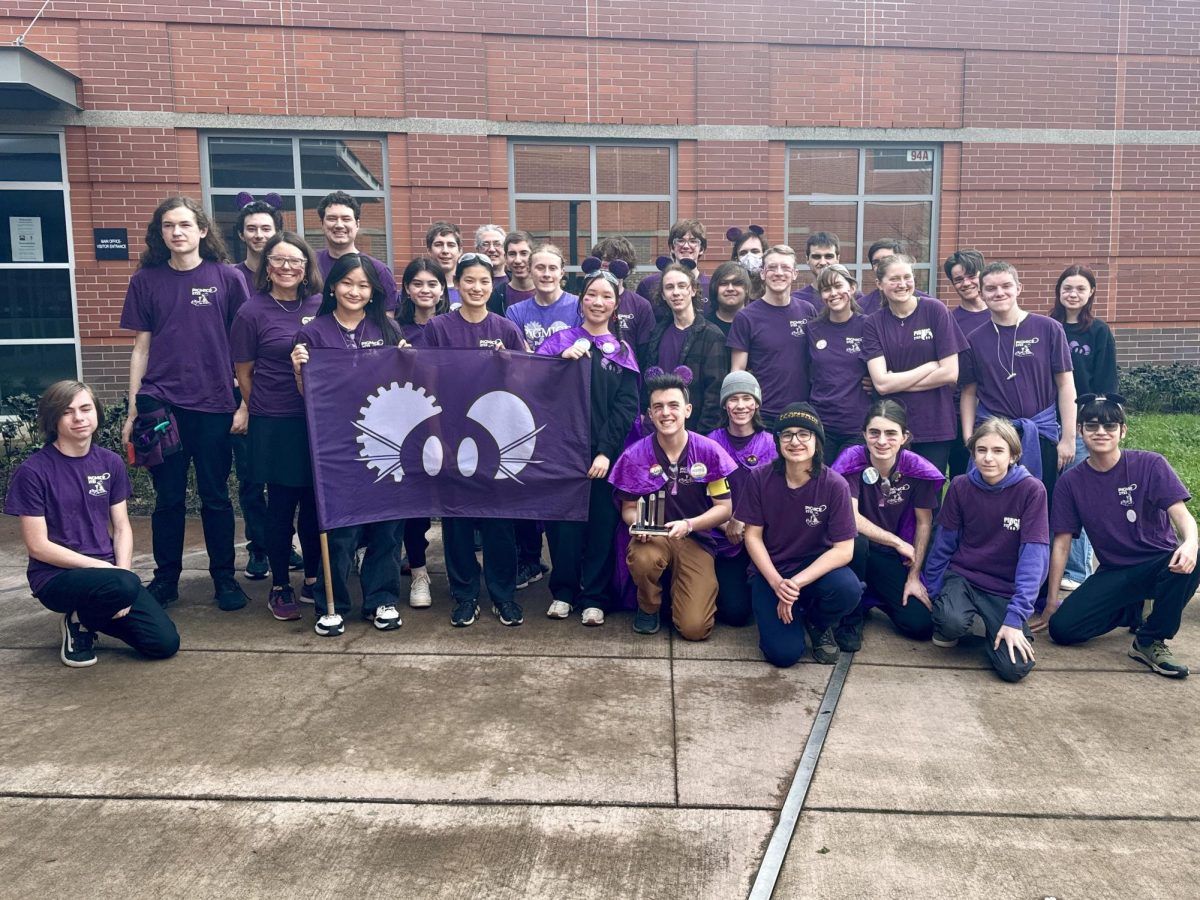


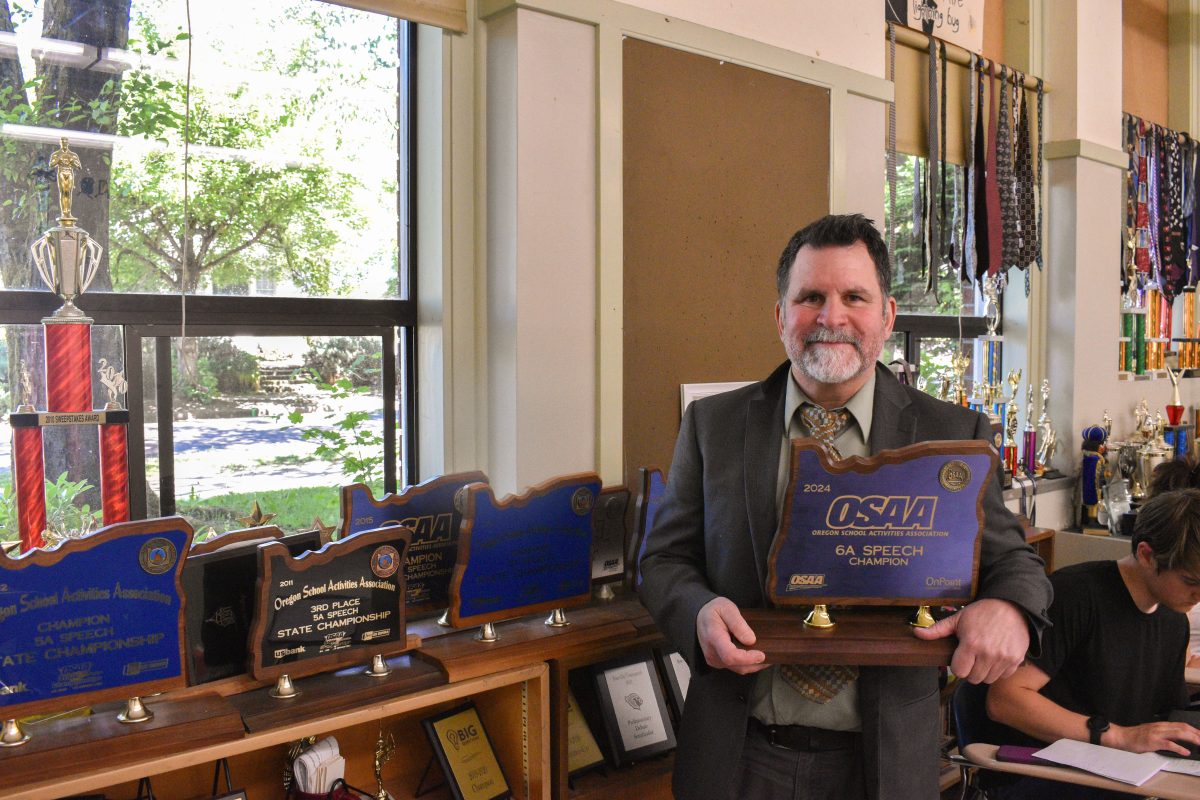



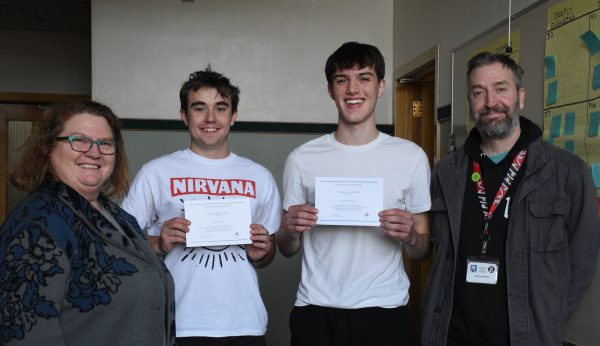
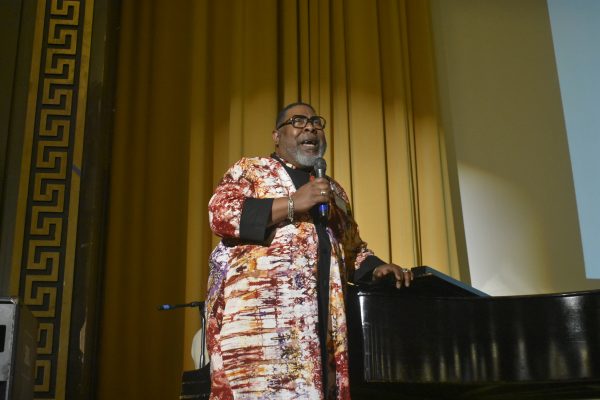

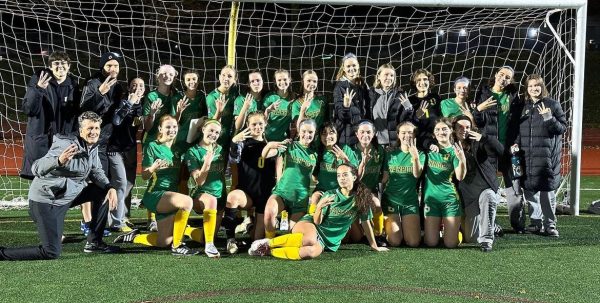
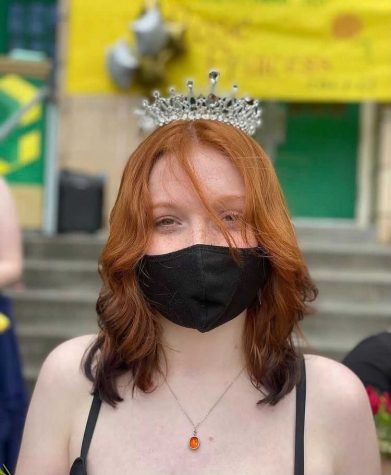
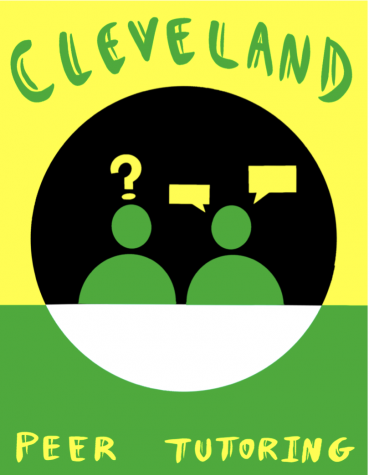

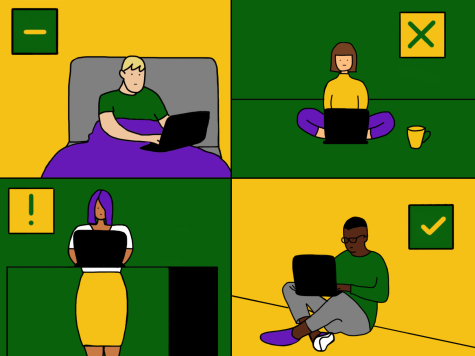
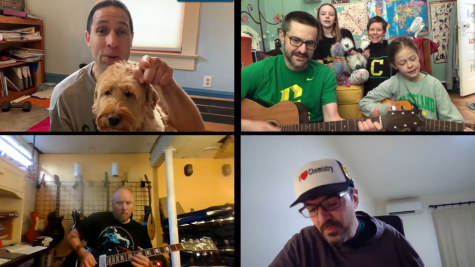
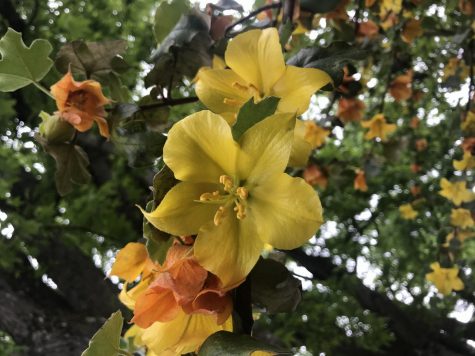
Boppa • Mar 26, 2018 at 12:39 PM
Nice article, Scotty. I don’t think we should arm the either!